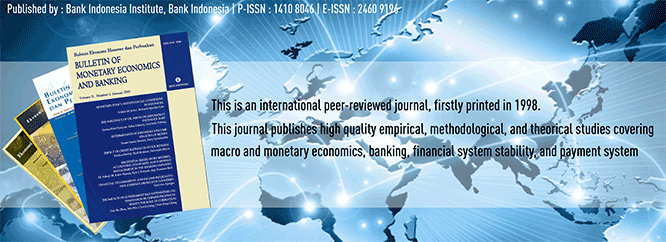
Document Type
Article
Abstract
Global financial crisis which began in the US in the latter part of 2008 hit a lot of countries in both trade and finance. In trade aspect, the crisis spread widely; in Indonesia, the total export value in 2009 dropped to 14,3%. Therefore, the economy of China, tightly linked with Asian countries including Indonesia, which rapidly rose before the crisis but slowed after it should be monitored as this condition, could indirectly hold down Indonesia’s GDP. Applying RAS method to update Asian IO data, this research has attempted to describe the trade structure of Asian countries in 2010. Also, it implemented a simulation of the impact of US and China’s GDP decline and US exports on Indonesia’s GDP, both at aggregate and sector levels. The result of the mapping shows that Indonesia is getting more dependent on China. Generally, the link between Indonesia’s exported products and global production chain is weak. Indonesia’s export commodities which are mostly of intermediate goods have low contribution towards value added. Moreover, the result of the simulation shows that 1% decrease in China’s GDP has greater impact on Indonesia’s GDP (0,14%) than that of the US (0,05%) and EU (0,07%) though with similar point. Keyword: Trade Interactions, Input Output ModelJEL Classification : F16, R15
Recommended Citation
Ibrahim, Ibrahim; Winarno, Tri; Viva, Melva; and Yanfitri, Yanfitri
(2014)
"The Regional Impact Transmission via International Trade: An ASIAN-IO Approach,"
Bulletin of Monetary Economics and Banking: Vol. 16:
No.
4, Article 4.
DOI: https://doi.org/10.21098/bemp.v16i4.449
Available at:
https://bulletin.bmeb-bi.org/bmeb/vol16/iss4/4
First Page
315
Last Page
346
Creative Commons License

This work is licensed under a Creative Commons Attribution-NonCommercial 4.0 International License
Country
Indonesia
Affiliation
Bank Indonesia







